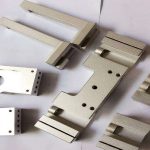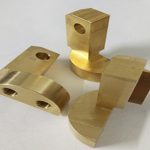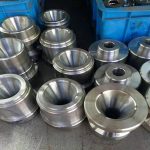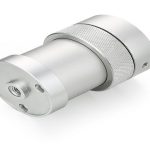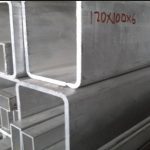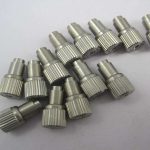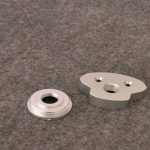As the lightest engineering metal material, magnesium alloy is known as the “green engineering material of the 21st century”. It has high strength, impact resistance, good heat dissipation, dimensional stability and large elastic modulus, and its ability to withstand impact loads is stronger than aluminum alloy.
Cast magnesium alloy has the characteristics of high specific strength and specific rigidity, large vibration damping capacity, and stable performance in gasoline, kerosene and lubricating oil. These characteristics make magnesium alloys have a wide range of applications, such as transportation, electronics industry, military industry and other fields. Especially in aerospace, rail transit, electronic products, biomedical, bicycles, architectural decoration and other fields, the application prospects are broad, and it has become one of the development directions of new materials in the future.
Magnesium alloy application field
Aerospace
Since the 20th century, magnesium alloys have been used in the aerospace field. Magnesium alloy can greatly improve the aerodynamic performance of the aircraft and can significantly reduce its structural weight. Therefore, many parts are made of magnesium alloy. Magnesium alloys for general aviation are mainly plates and extruded profiles, and a small part are castings. Magnesium alloy treated with advanced processing technology has super properties such as high temperature resistance and corrosion resistance, and is widely used in the production of aircraft, engines and other key parts. With the development of magnesium alloy production technology, the performance will continue to improve and the scope of application will continue to expand.
Express train
With the design features of fast speed, low energy consumption and comfortable environment, high-speed rail occupies an extremely important position in modern transportation methods. In order to ensure the optimization of these characteristics, lightweight trains are a very necessary technology, and magnesium alloys naturally take up this important task. At present, high-speed railways in France, Japan, China and many other countries have already used a large number of magnesium alloys to make parts and components, which has become a key material for lightweight high-speed trains.
car parts
Magnesium alloys have been widely used in automobile dashboards, seat brackets, gearbox housings, steering system components, engine covers, doors, engine blocks, frames and other components in developed countries. The use of magnesium alloys to manufacture auto parts can significantly reduce vehicle weight, reduce fuel consumption, reduce exhaust emissions, improve the integration of parts, and increase the flexibility of vehicle design. Generally, for every 10% reduction in the vehicle’s own weight, the fuel efficiency can be increased by 5.5%, and exhaust emissions will be reduced accordingly. With the development of technology, the application range of magnesium alloys in the automotive field will be wider.
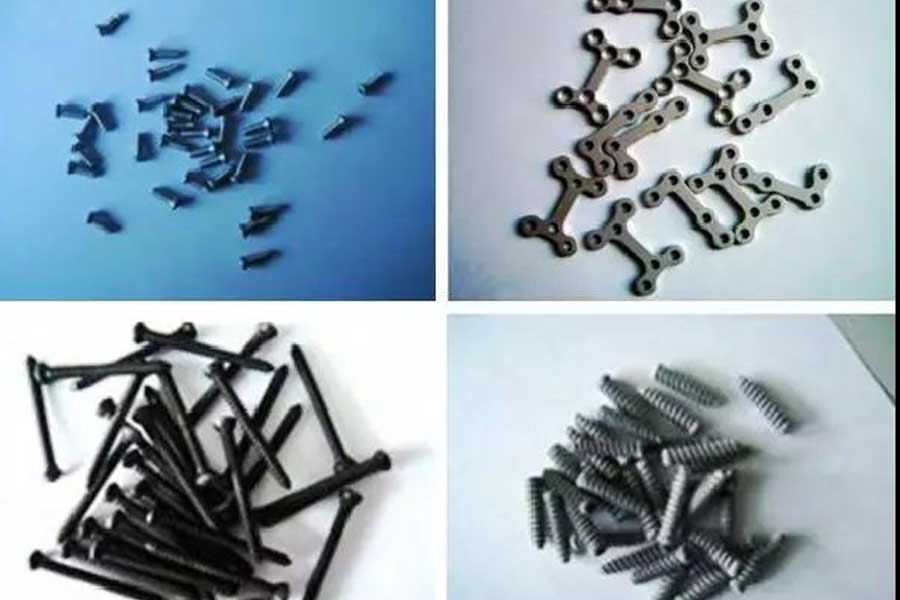
electronic product
Magnesium alloy has excellent thin-wall casting performance. The wall thickness of its die-casting parts can reach 0.6~1.0mm, while maintaining certain strength, rigidity and crash resistance, which is very conducive to the requirements of ultra-thin, ultra-light and miniaturized products. . In addition, magnesium alloys also have special functions such as shock resistance, wear resistance and electromagnetic wave shielding. Therefore, the frame of SLR cameras is usually made of magnesium alloy. Generally, mid-to-high-end and professional digital SLR cameras use magnesium alloy as the frame to make it durable and feel good. Samsung’s newly launched Notebook 9 (2018) series of notebook computers use magnesium alloys, which will also be used in Samsung’s mobile phones and wearable devices in the future, making these devices lighter and stronger.
Military equipment
The use of magnesium alloy in military equipment can increase the strength of structural parts, reduce the weight of equipment, and increase the hit rate of weapons, such as bunker brackets and mortar bases. With the deepening of magnesium alloy research and the improvement of material properties, magnesium alloys will be more and more used in weapons.
Biomedical
Magnesium alloys are easy to process and shape, and have excellent comprehensive mechanical properties and unique biodegradation functions. Magnesium is one of the macro metal elements necessary for the human body. Therefore, magnesium alloys are the best choice for medical metal materials. The elastic modulus of magnesium alloy is about 45GPa, which is also close to human bone (10~40GPa), which can effectively alleviate or even avoid the “stress shielding effect”; the magnesium ions released by magnesium alloy in the human body can also promote the proliferation and proliferation of bone cells. Differentiation, promote bone growth and healing. Not only that, the processing performance of magnesium alloy is far superior to other types of degradable implant materials such as polylactic acid and calcium phosphate, so it also has clinical application value in cardiovascular stents.
Porous magnesium tissue engineering scaffold
As a degradable biological material, porous magnesium can provide cells with three-dimensional growth space, which is conducive to the exchange and transportation of nutrients and metabolites. It has biological activity and can induce cell differentiation and growth and blood vessel growth. The preparation methods of porous magnesium mainly include casting method and powder metallurgy method.
Stent
Intravascular stent implantation has become the main treatment for coronary and peripheral vascular obstructive diseases. However, long-term storage of stents made of existing materials in the body can easily lead to intimal hyperplasia, which will seriously affect the middle and long-term efficacy of stent placement. Degradable intravascular stents made of magnesium and magnesium alloys can be used in the human body.
It will gradually degrade and disappear after death, without the need for long-term medication for patients, which will greatly reduce the pain and economic burden of patients.
Bone implant material
The advantage of magnesium and magnesium alloy as bone fixation materials is that they are close to human bone density and mechanical properties, which can effectively reduce the stress shielding effect. At the same time, the alkaline environment of magnesium degradation can play an antibacterial effect, and magnesium has good compatibility with bone tissue Good, magnesium also promotes vascularization. More and more advantages of magnesium are being discovered, so it can be said that magnesium and magnesium alloys have great potential as bone fixation materials. The picture below shows some magnesium alloy bone implant devices developed by the Institute of Metal Research, Chinese Academy of Sciences.
Other areas
Magnesium alloys are also widely used in other areas of our lives, such as motorcycles and bicycles. Bicycles are a new application field of magnesium alloys, mainly used as bicycle frames. The advantage of magnesium alloy is not only light, fast and comfortable, but also has a mouth to make the pipe diameter smaller, the pipe wall thinner, and the frame is stronger. The weight of the folding bicycle frame made of magnesium alloy is only 1.4kg. Wheelchair is one of the representative equipment of rehabilitation facilities. The wheelchair frame is made of AZ31 magnesium alloy or the rest parts except wheels are basically made of magnesium alloy, which can reduce the weight by about 15%, which is both light and flexible. Magnesium alloys are mainly used in marine equipment, underwater weapons, seawater batteries, diving suits, sacrificial anodes, timing devices, etc. in the shipbuilding industry and marine engineering.
Development Trend of Magnesium Alloy Technology
my country has developed a variety of high-performance rare earth magnesium alloy materials. High-strength heat-resistant Mg-Gd-Y-Zr magnesium alloy materials for aerospace have reached the international advanced level in performance, but they lag far behind developed countries in terms of solidification theory and forming technology of large-scale complex high-strength heat-resistant cast magnesium alloy castings. So far, only the United States and the Soviet Union have magnesium-lithium alloy grades in the world. Domestic research on magnesium-lithium alloys is still very limited, especially the research on ultra-light casting magnesium-lithium alloys is very lacking. And the huge application prospects in the electronics industry and other fields are not commensurate.
High-strength heat-resistant magnesium alloy is a key research direction abroad. The magnesium-lithium alloy processed by IBM is used in the Saturn V rocket computer room and the Gemini spacecraft. In the military, DOW has developed Mg-14Li-1.5Al-0.08Mn for processing. The shell of the M113 military transport vehicle. Magnesium-lithium alloy has also been developed by scientists in Germany, Japan and other countries for medical equipment, electronic products and other applications.
Link to this article: What material is magnesium alloy?
Reprint Statement: If there are no special instructions, all articles on this site are original. Please indicate the source for reprinting:https://www.cncmachiningptj.com/,thanks!
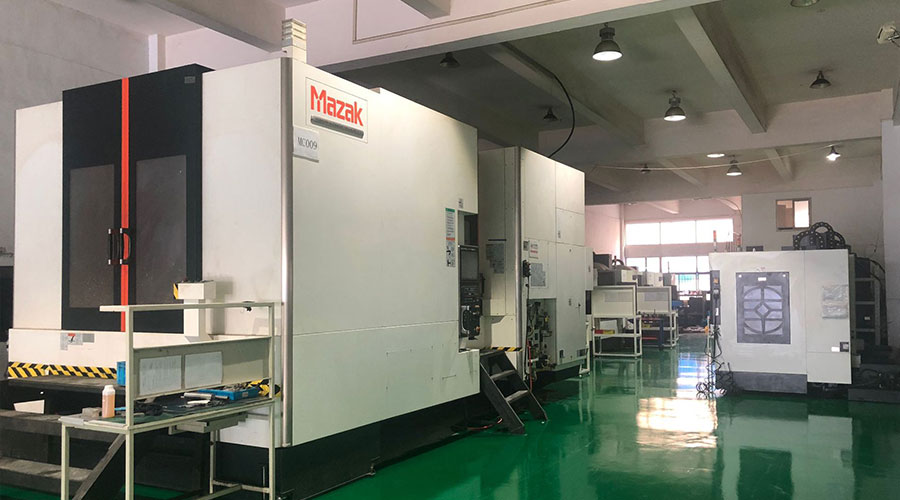 Sheet metal, beryllium, carbon steel, magnesium, 3D printing, precision CNC machining services for heavy equipment, construction, agriculture and hydraulic industries. Suitable for plastics and rare alloys machining. It can turn parts up to 15.7 inches in diameter. Processes include swiss machining,broaching, turning, milling, boring and threading. It also provides metal polishing, painting, surface grinding and shaft straightening services. The production range is up to 50,000 pieces. Suitable for screw, coupling, bearing, pump, gearbox housing, drum dryer and rotary feed valve applications.PTJ will strategize with you to provide the most cost-effective services to help you reach your target,Welcome to Contact us ( [email protected] ) directly for your new project.
Sheet metal, beryllium, carbon steel, magnesium, 3D printing, precision CNC machining services for heavy equipment, construction, agriculture and hydraulic industries. Suitable for plastics and rare alloys machining. It can turn parts up to 15.7 inches in diameter. Processes include swiss machining,broaching, turning, milling, boring and threading. It also provides metal polishing, painting, surface grinding and shaft straightening services. The production range is up to 50,000 pieces. Suitable for screw, coupling, bearing, pump, gearbox housing, drum dryer and rotary feed valve applications.PTJ will strategize with you to provide the most cost-effective services to help you reach your target,Welcome to Contact us ( [email protected] ) directly for your new project.
Link to this article:What material is magnesium alloy?
Reprint Statement: If there are no special instructions, all articles on this site are original. Please indicate the source for reprinting:Tungusten,Thanks!^^

